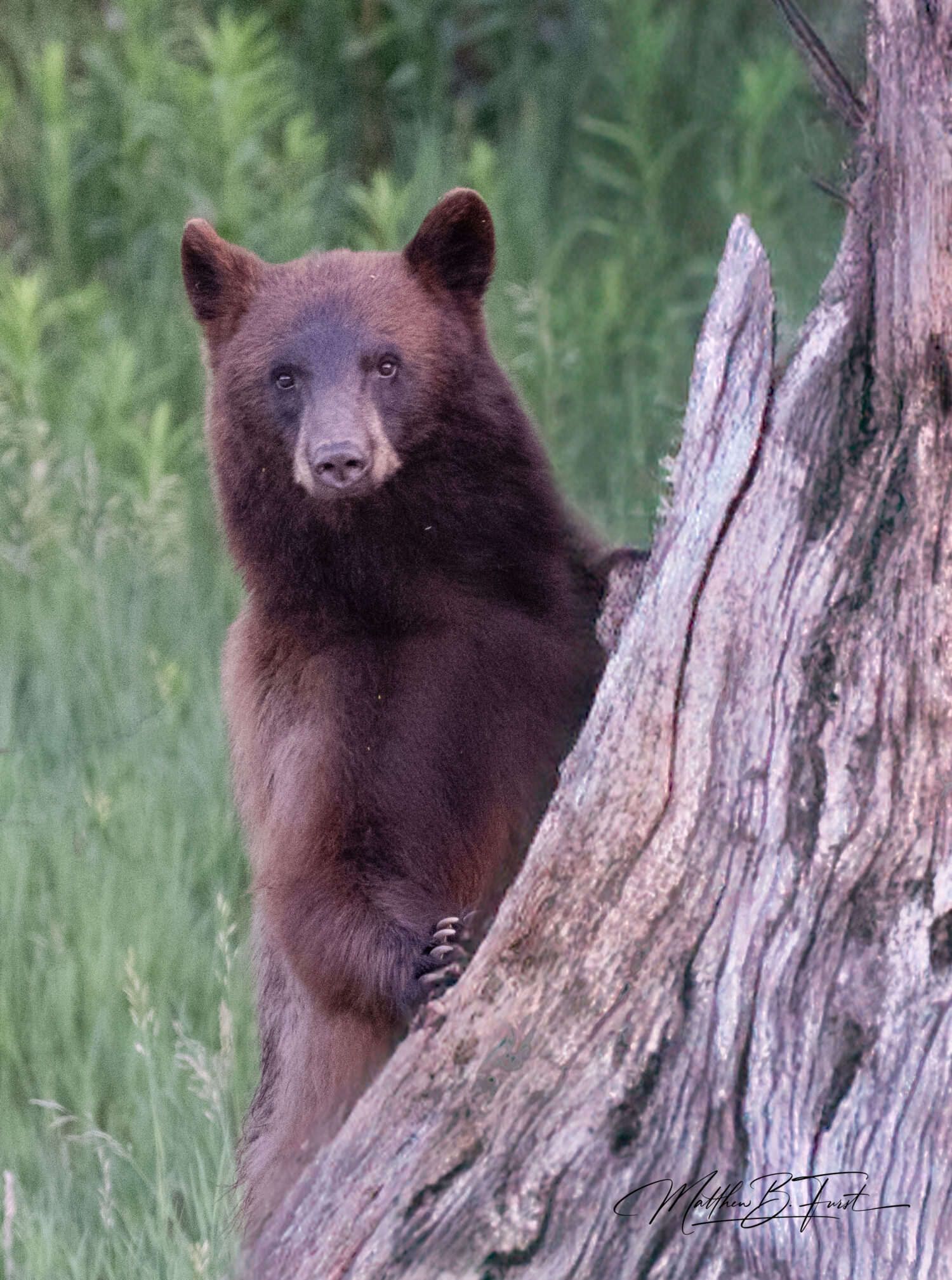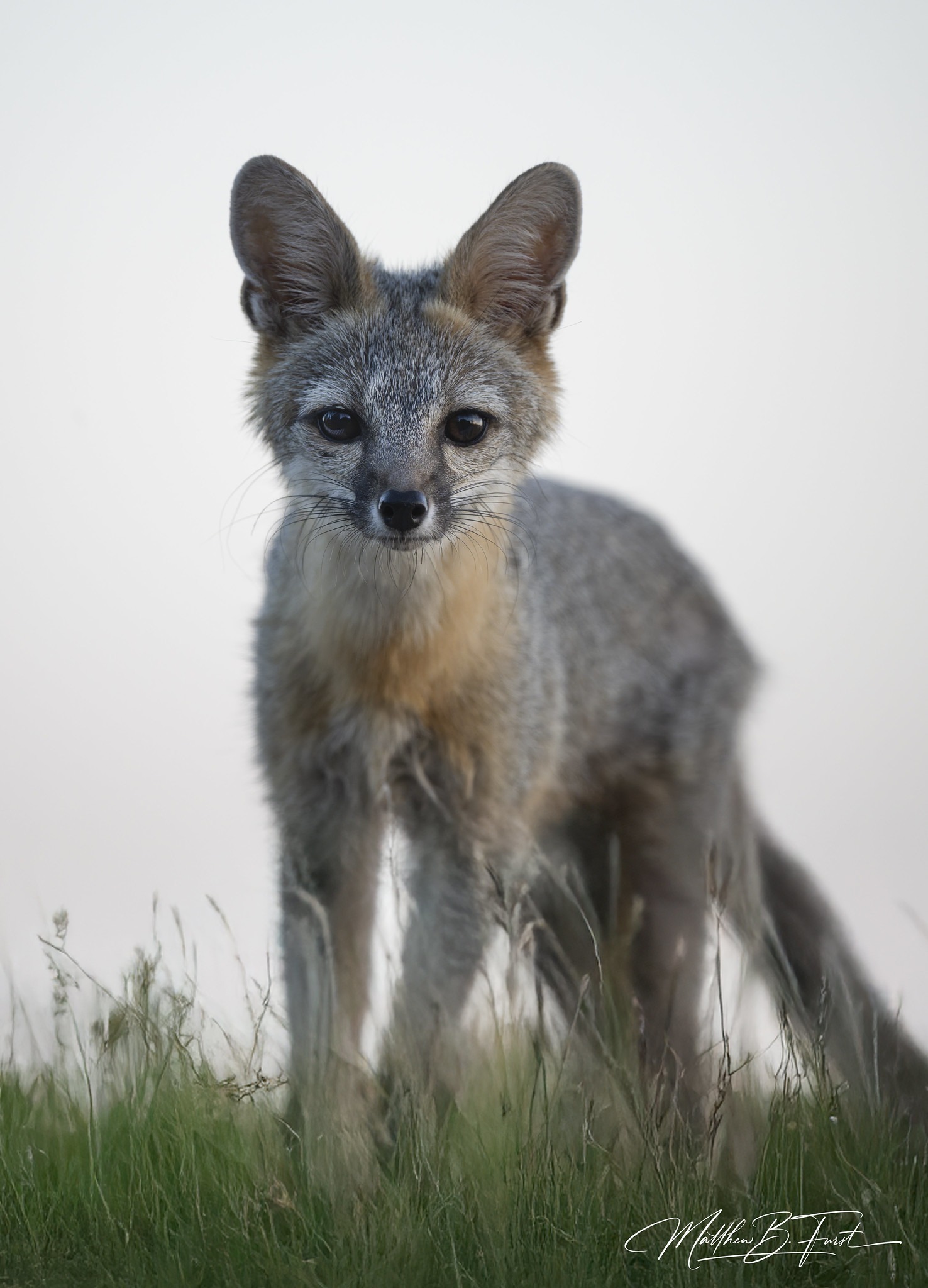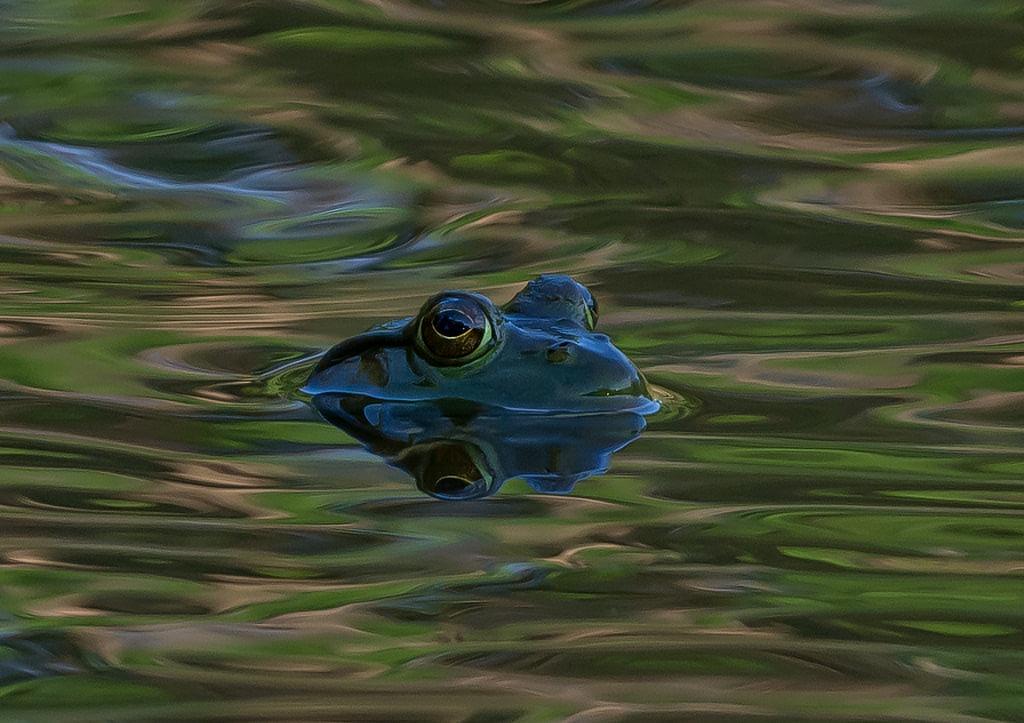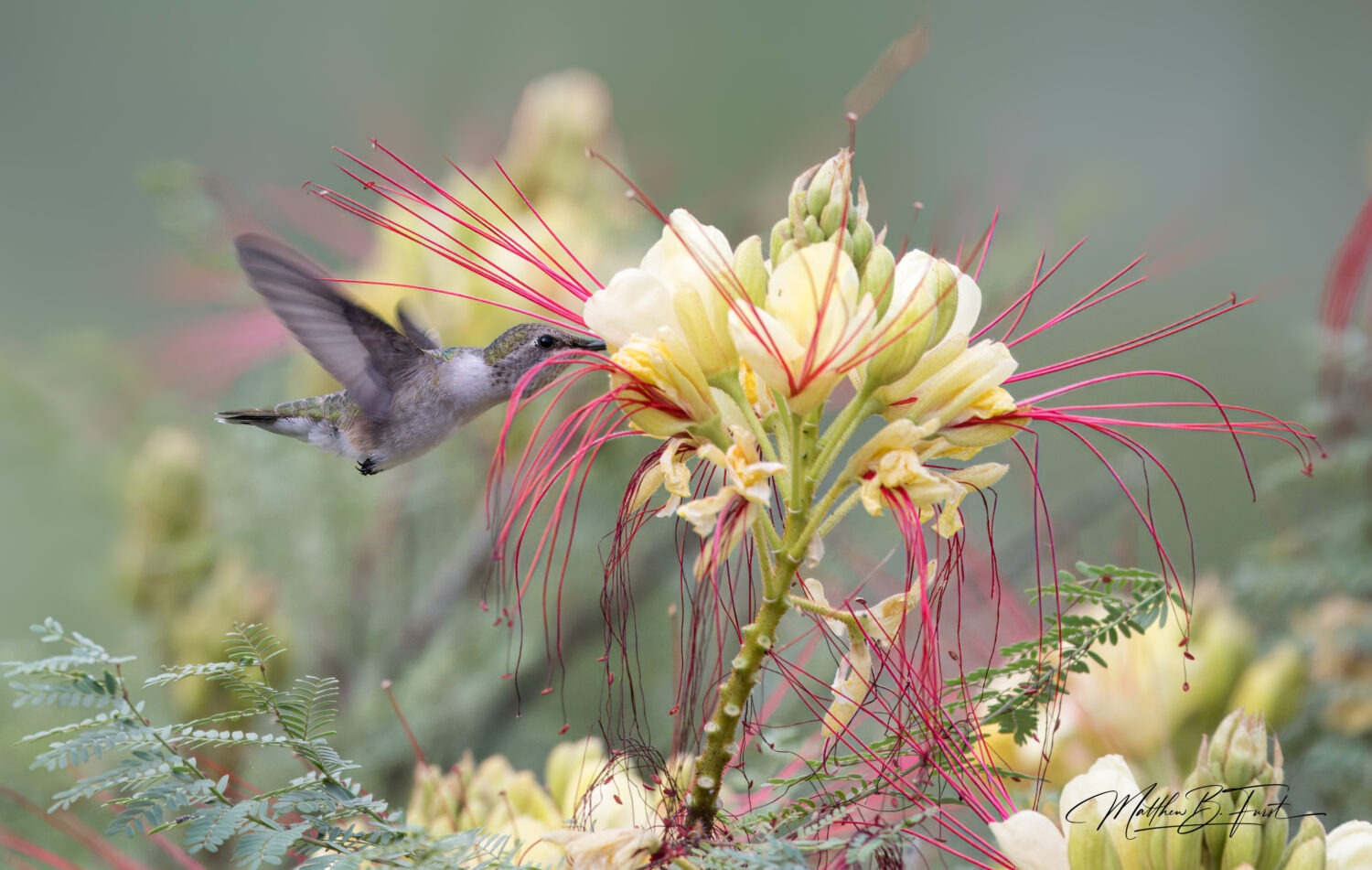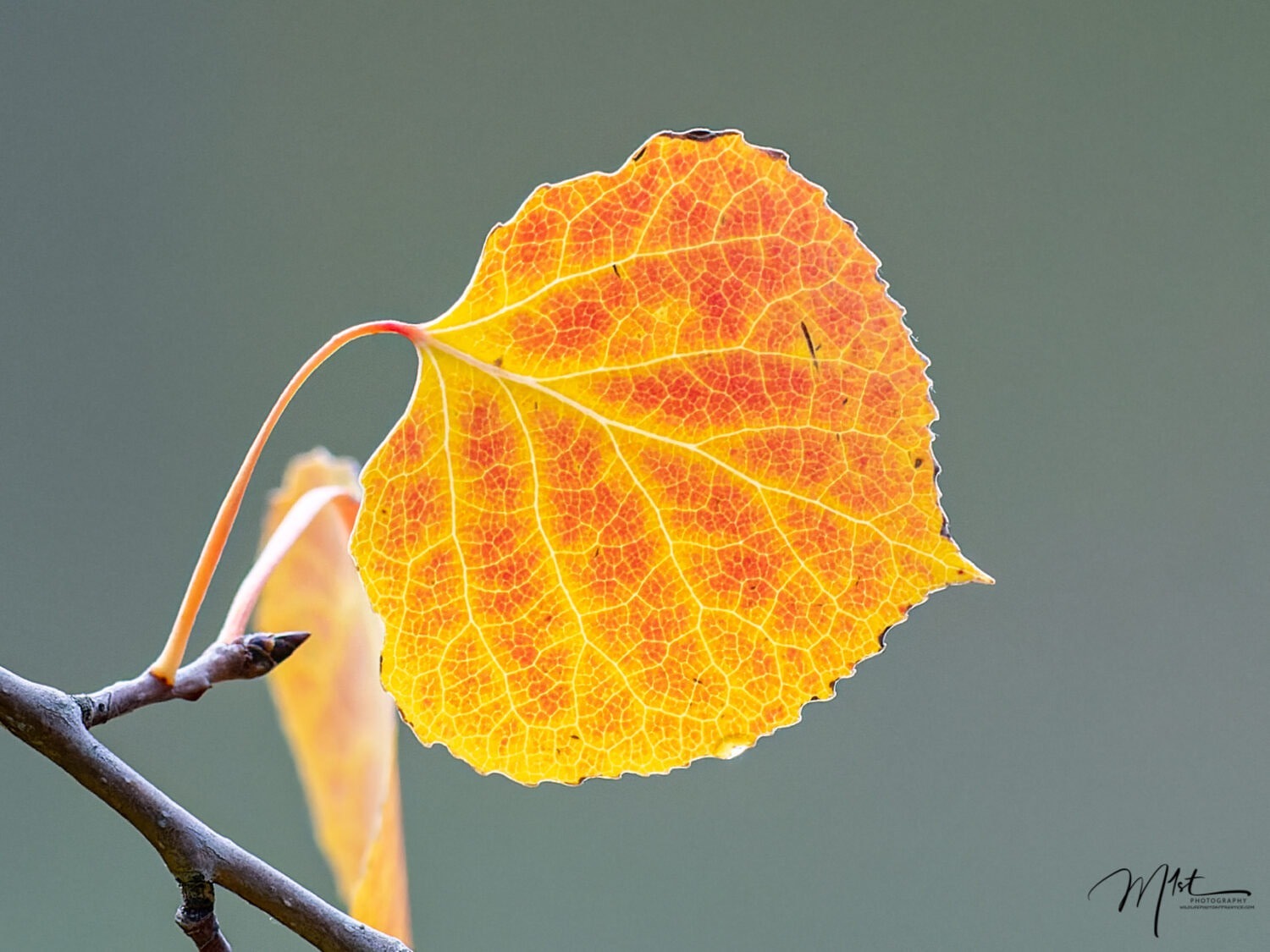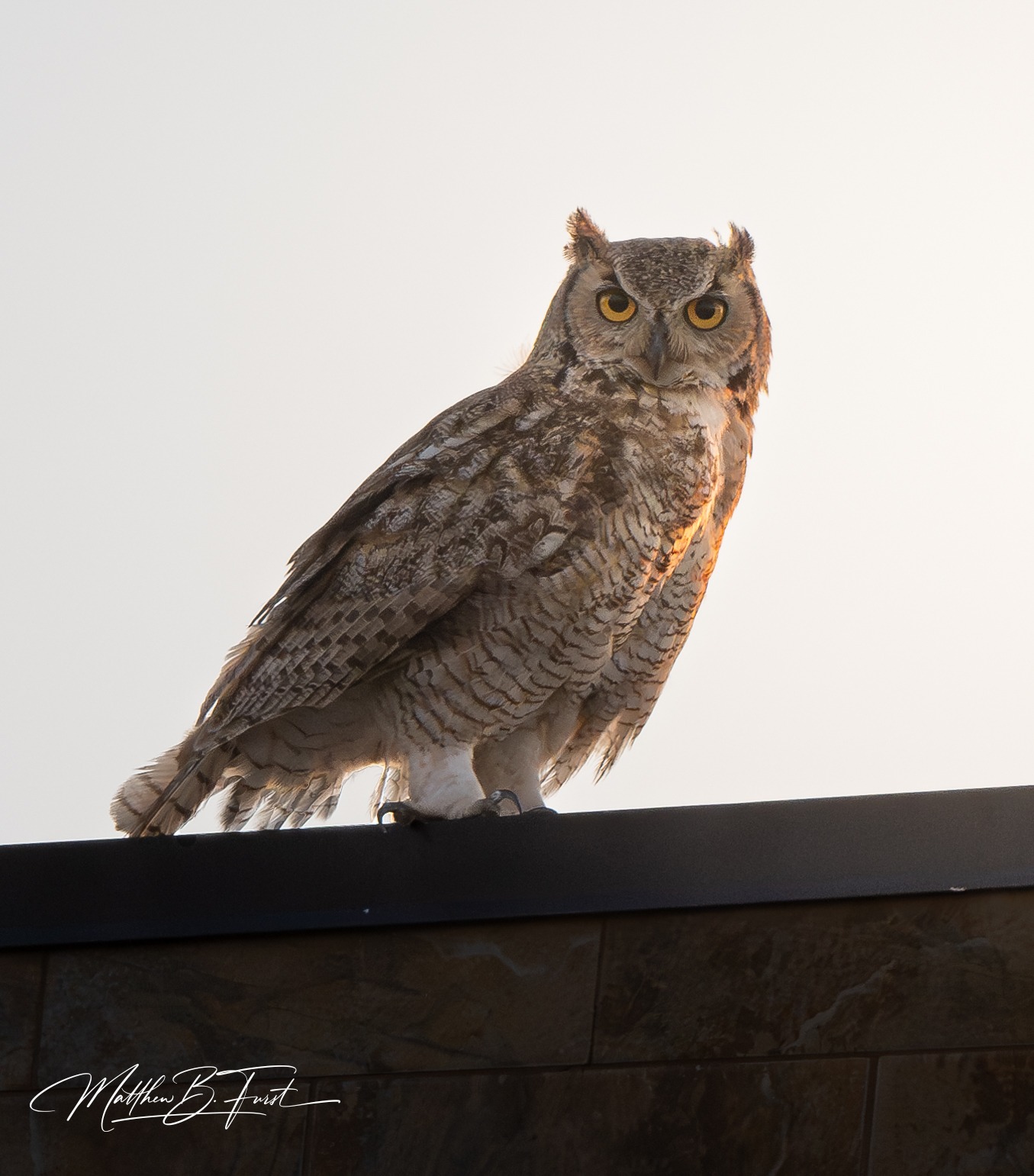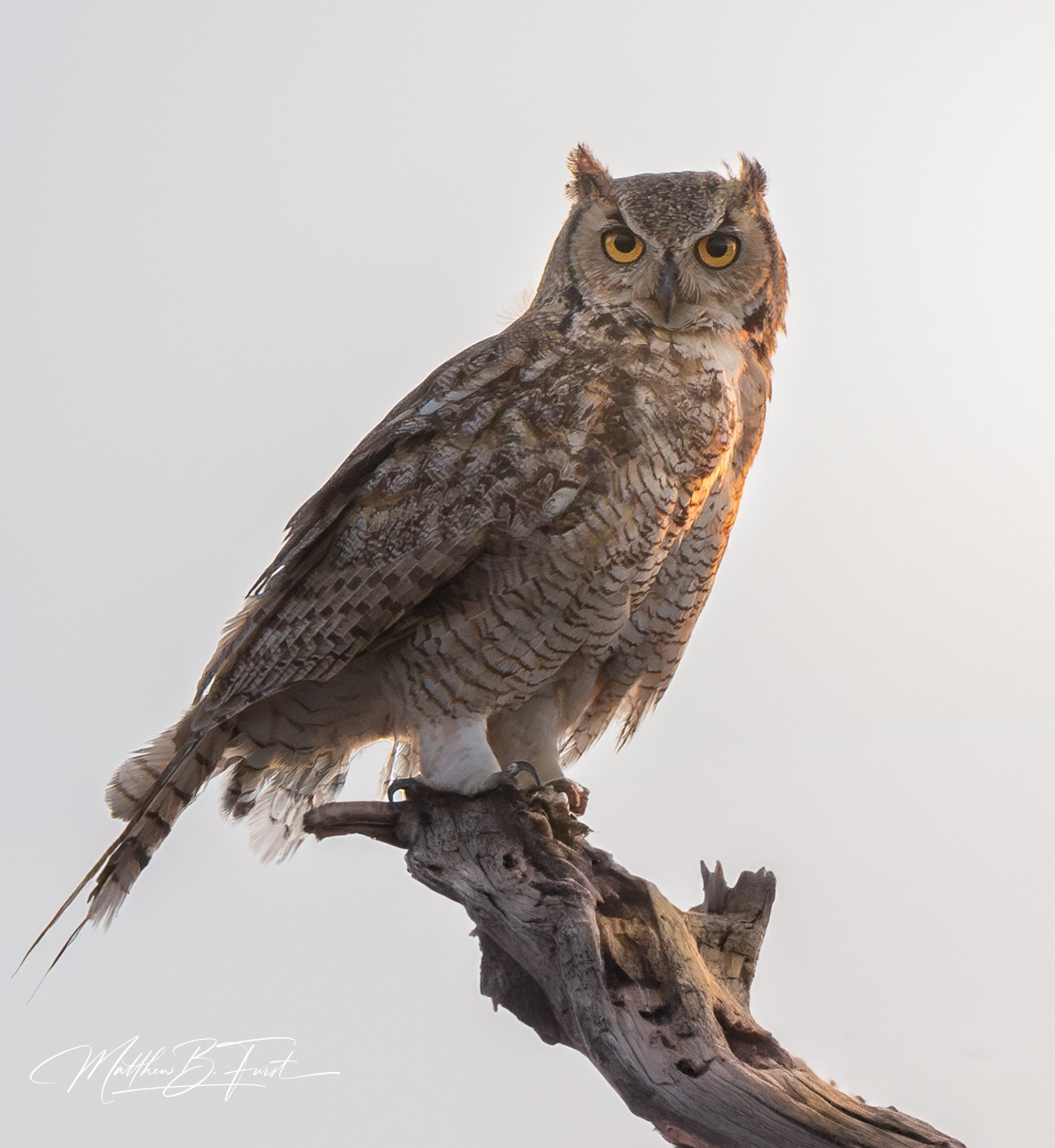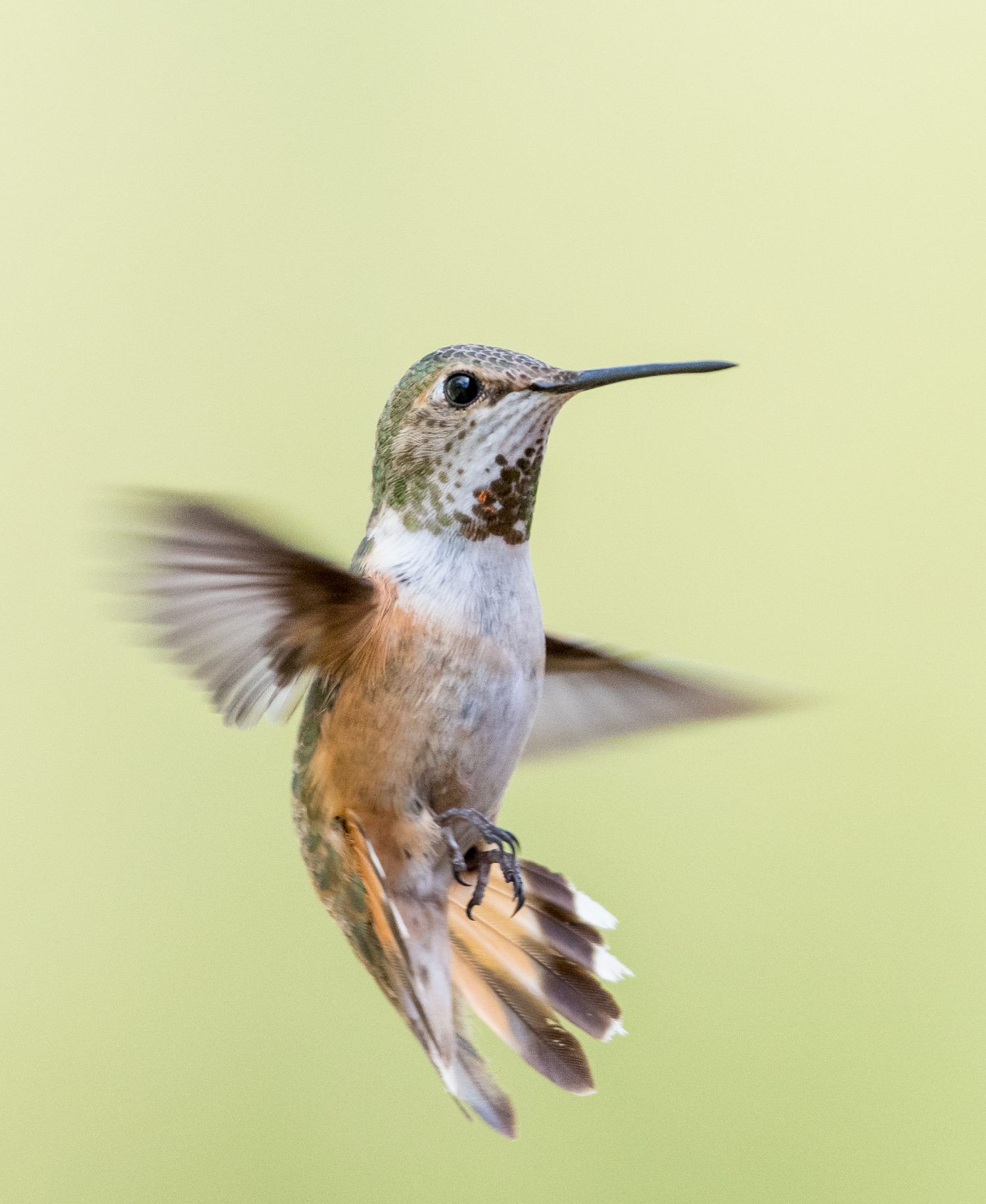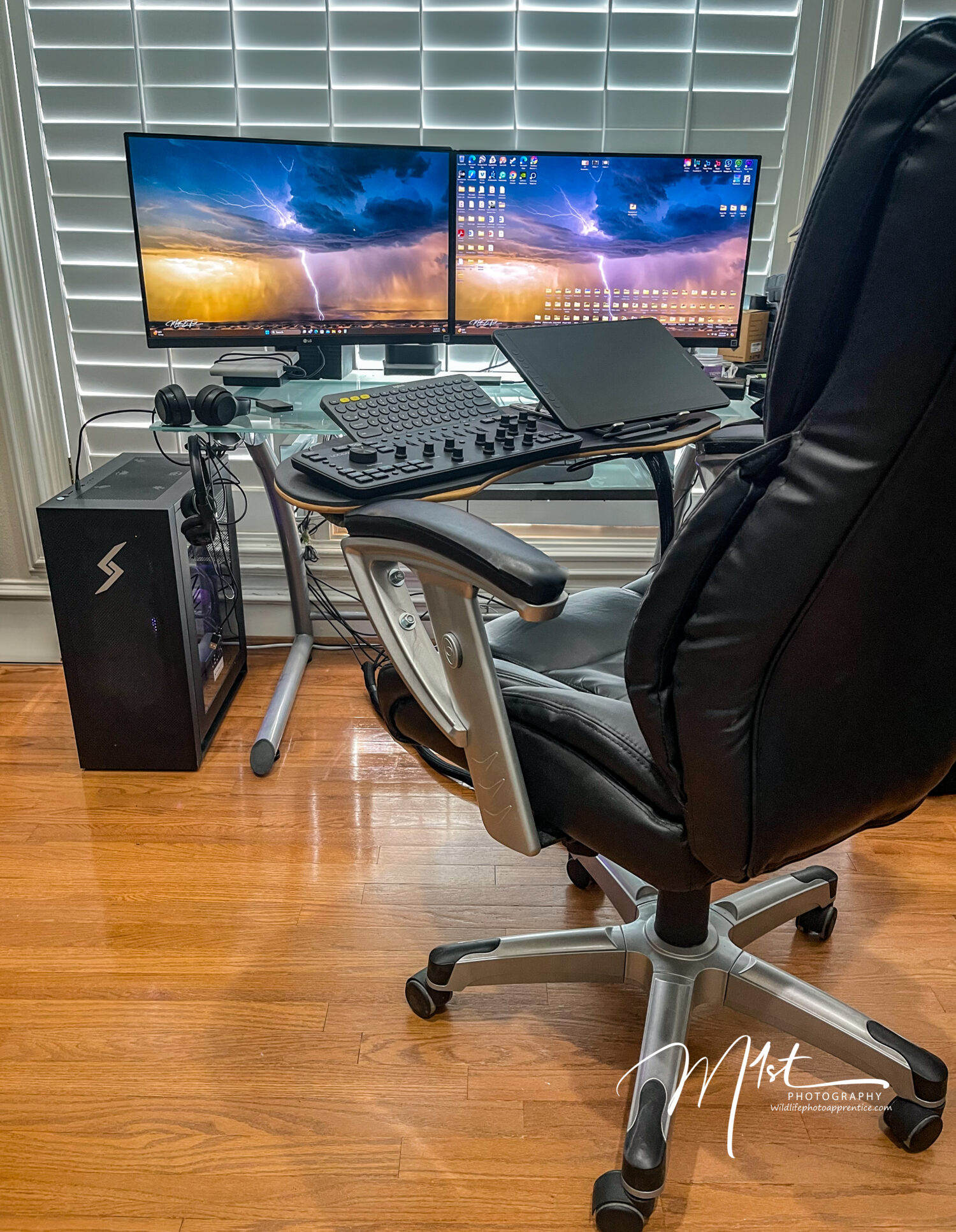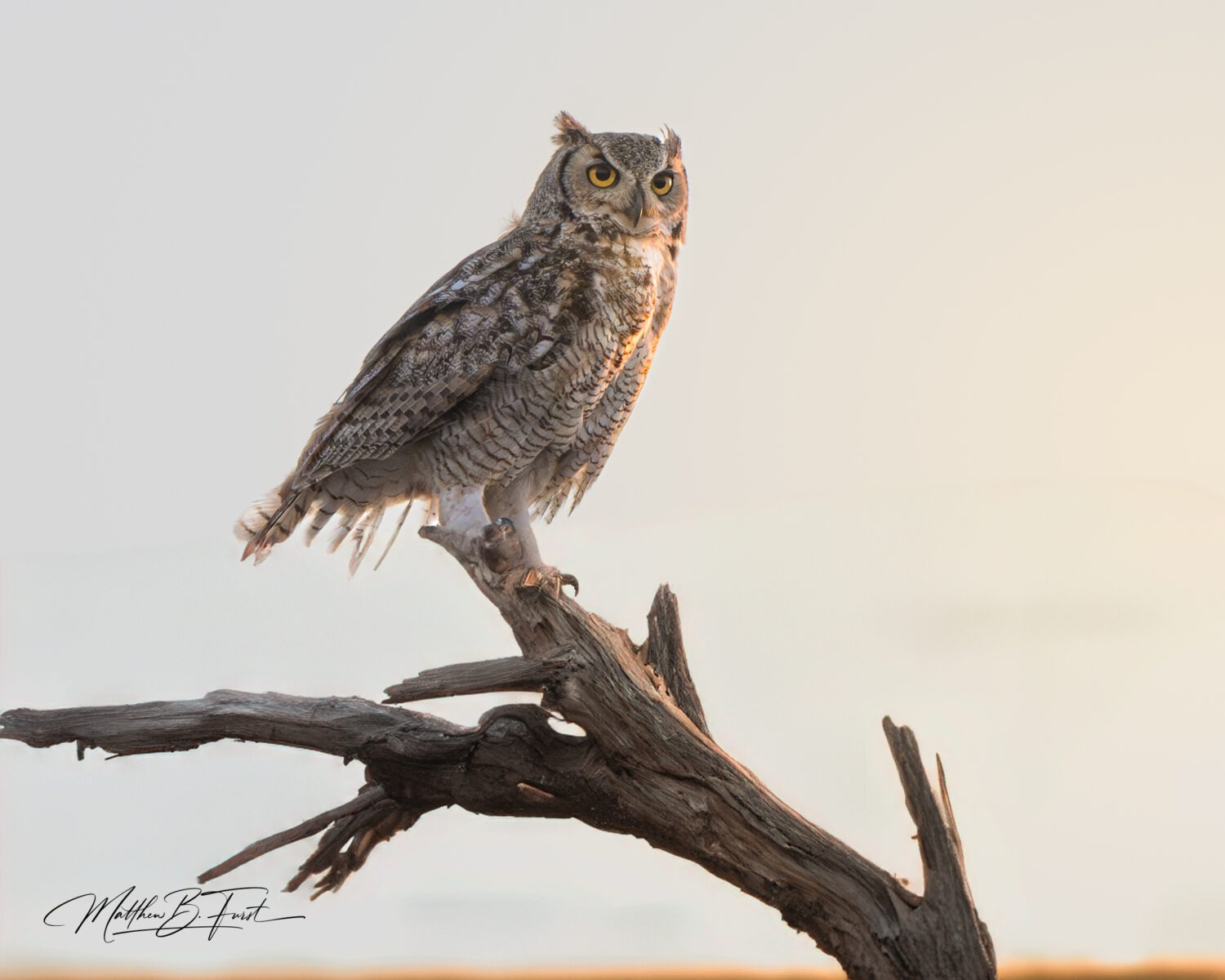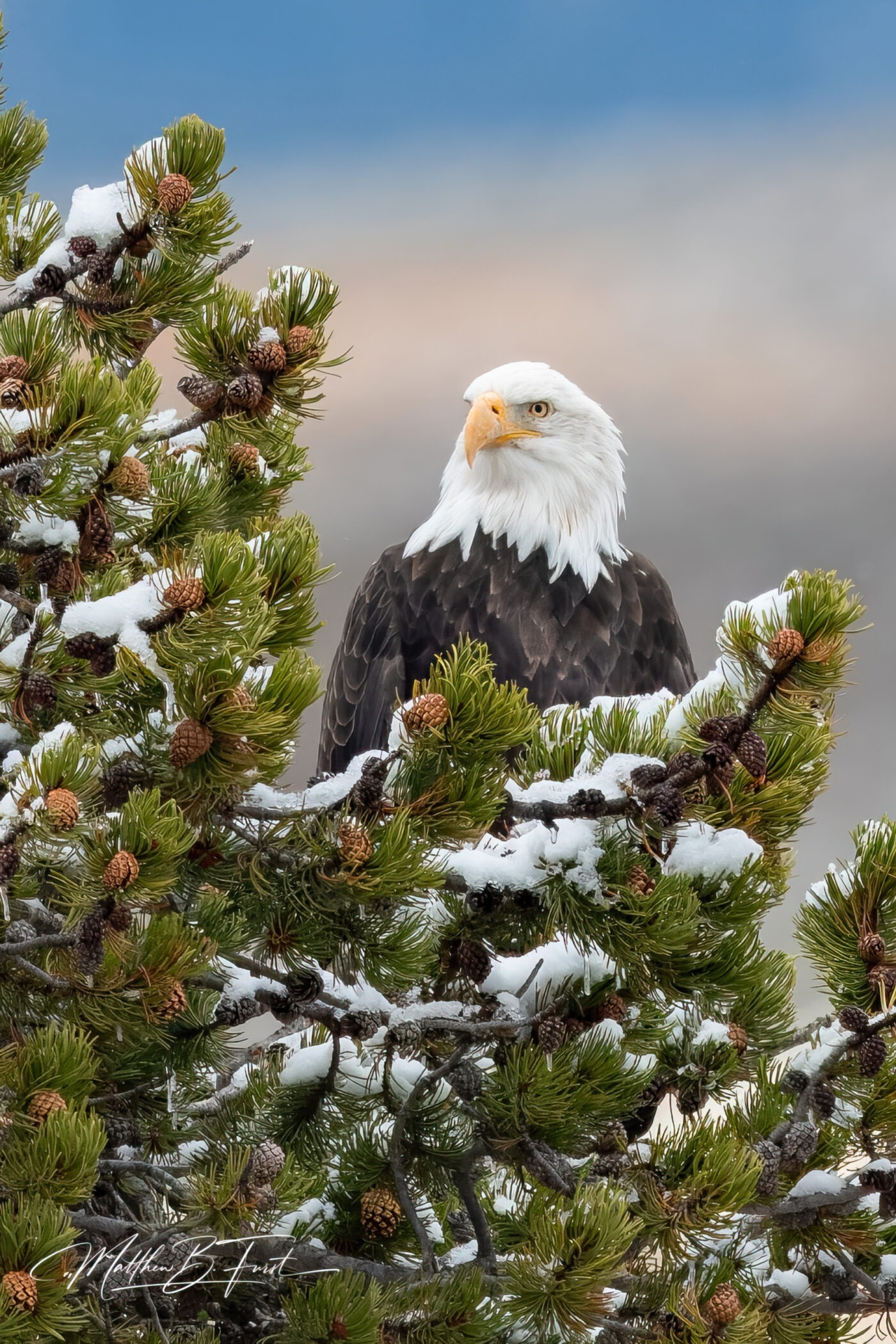Introduction to Lightroom Catalogs: What They Are and Why They Matter
Now that we have looked at the Adobe Lightroom library module, let’s explore how to catalog our images. Adobe Lightroom’s catalog system is the backbone of efficient photo management and editing for wildlife photographers. At its core, a Lightroom catalog is a powerful database that stores crucial information about your photographs without actually containing the image files themselves. Think of it as a sophisticated digital filing cabinet that keeps track of where your photos are stored on your computer, along with all the edits you’ve made, keywords you’ve added, and other metadata.
The catalog’s primary function is to serve as a central hub for organizing, searching, and editing your wildlife images. It creates a reference point for each imported photo, establishing a path to locate the file within your computer’s storage system. This approach allows Lightroom to work non-destructively, meaning your original files remain untouched while you experiment with various edits and adjustments.
